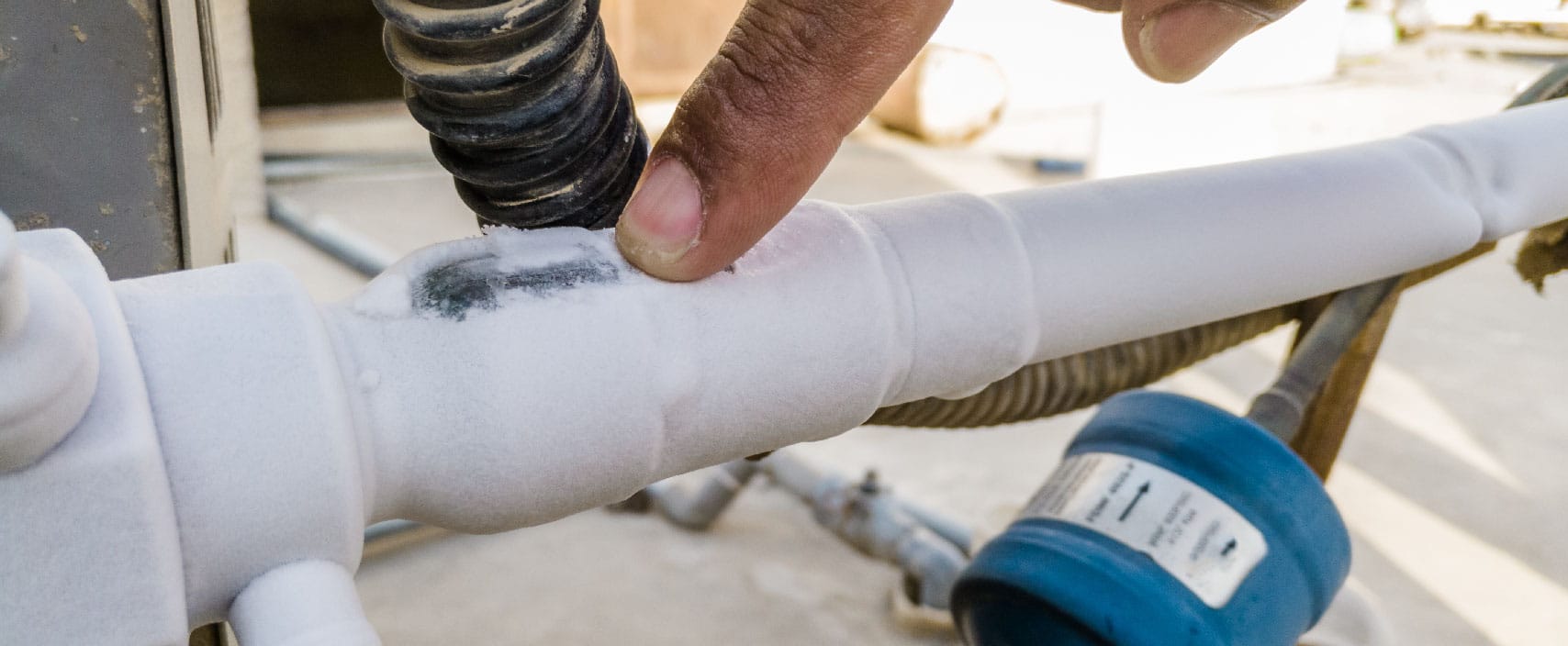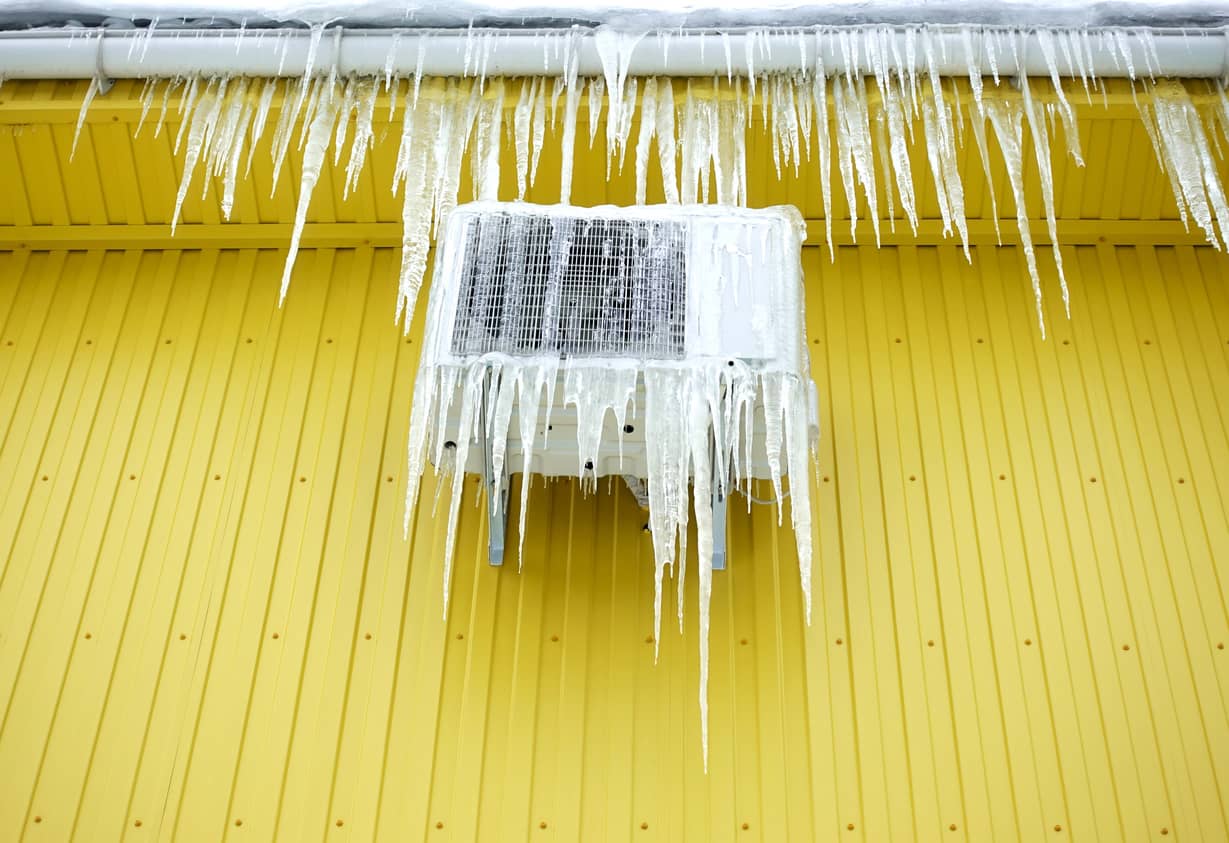The Air Conditioner Pipe Is Frozen - What Should I Do? Instructions for Residents
The Air Conditioner Pipe Is Frozen - What Should I Do? Instructions for Residents
Blog Article
This post down below relating to What Do I Do If My AC Pipe Is Frozen is totally attention-grabbing. Give it a go and make your own personal ideas.

Intro
Finding that your air conditioner pipeline is iced up can be concerning, especially throughout warm summer months when you count on your a/c unit one of the most. Comprehending what to do in such a circumstance is important to avoid further damage to your air conditioning system and guarantee your comfort indoors.
Recognizing the Causes
Numerous factors can contribute to the freezing of an AC pipeline. Understanding these reasons can help you attend to the issue successfully.
Absence of Airflow
One common root cause of a frozen air conditioning pipeline is inadequate air movement. When the airflow over the evaporator coil is restricted, it can trigger the coil to go down below freezing temperature level, leading to ice development on the pipe.
Low Refrigerant Levels
Insufficient refrigerant levels in your air conditioning system can likewise lead to an icy pipeline. Reduced cooling agent degrees can cause the pressure in the system to go down, bring about the cold of wetness on the evaporator coil.
Cold Weather Conditions
In cooler environments, freezing temperatures outside can contribute to the freezing of air conditioner pipes. If your a/c system is not appropriately shielded or if there are leakages in the ductwork, chilly air can infiltrate the system, causing the pipeline to freeze.
Dirty Air Filters
Unclean or clogged air filters can limit airflow in your air conditioner system, leading to different issues, consisting of a frozen pipe. It's necessary to change or cleanse your air filterings system regularly to make sure appropriate airflow and avoid ice build-up.
Signs of a Frozen A/c Pipe
Recognizing the indicators of a frozen a/c pipe is vital for prompt action.
Lowered Airflow
If you notice a considerable decline in airflow from your vents, it could suggest a frozen pipeline.
Ice Buildup on the Pipe
Noticeable ice build-up on the cooling agent line or the evaporator coil is a clear indication of a frozen AC pipe.
Strange Sounds from the Unit
Unusual sounds, such as hissing or bubbling, coming from your AC device can signify that there's ice existing on the pipeline.
Immediate Actions to Take
When confronted with a frozen air conditioning pipe, it's necessary to act rapidly to prevent additional damage to your air conditioning system.
Turning off the air conditioner
The first step is to shut off your a/c unit to stop the system from running and worsening the problem.
Looking for Blockages
Check the area around the interior device for any kind of blockages that might be obstructing airflow, such as furnishings or drapes.
Thawing the Pipe
You can utilize gentle techniques like placing towels taken in warm water around the frozen pipeline to assist thaw it gradually.
Preventive Measures
Taking safety nets can help avoid future incidents of an icy air conditioning pipe.
Routine Maintenance Checks
Set up normal upkeep consult an expert HVAC service technician to make sure that your a/c system is running effectively.
Altering Air Filters
Consistently change or clean your air filters to prevent airflow constraints and keep ideal performance.
Shielding Exposed Pipes
If your a/c pipes are exposed to cool temperature levels, think about shielding them to avoid freezing throughout winter months.
Looking For Professional Help
If DIY methods fall short to settle the concern or if you're unclear about exactly how to proceed, it's ideal to seek help from a qualified HVAC service technician.
When DIY Methods Fail
If your attempts to thaw the pipeline or address various other problems are not successful, it's time to hire a specialist.
Importance of Hiring a Professional HVAC Technician
A qualified HVAC professional has the proficiency and devices necessary to diagnose and fix concerns with your AC system securely and properly.
Conclusion
Managing an icy air conditioning pipe can be a frustrating experience, however understanding just how to respond can assist lessen damages and recover comfort to your home. By comprehending the reasons, identifying the indicators, and taking punctual activity, you can efficiently deal with the problem and stop future incidents.
Frozen AC Line: Why It Happens & What To Do About It
A frozen AC line can be a rather peculiar sight in a place like Phoenix, Arizona where nothing ever freezes. In this post, we’ll discuss what makes an air conditioner line frozen – and what you can do about it.
Dirty Air Filters
Did you know that you should be cleaning or replacing your air filters on a monthly basis? Failing to do this can result in airflow issues that, in turn, cause your evaporator coils and lines to freeze over. You’ll notice a buildup of ice on both components, although the buildup on your pipes will, of course, be more evident unless you open your air condition up to reveal the coils.
What To Do About It
Give your air filter a good cleaning if it’s reusable. If not, replace the filter outright. Next, switch your air conditioner’s fan setting on and leave it there for 2-3 hours. This will draw warm air in, helping to thaw your evaporator coil. You can also check out this article for some tips on cleaning the coils themselves if you’d like to speed the process up. Before you switch the unit back to its normal state, make sure the supply vents are completely unobstructed and free of dust or other debris.
If you keep having this issue even after replacing your filters regularly, contact a local HVAC repair company and have them inspect your evaporator coil, ductwork, and any other components that may be at fault. If you live in the Phoenix, Arizona area, give American Home Water and Air a call.
Low Refrigerant Levels/Leakage
What To Do About It
Contrary to what air conditioner “recharge” companies often tell their clients about refrigerant, it should never need to be simply refilled. You see, refrigerant runs in what experts refer to as a “closed loop.” Refrigerant really shouldn’t be leaving that loop. If it is, you’ve got a leak.
Paying someone to come and pump more refrigerant into your system (aka “recharge” it) isn’t the solution. Doing that will simply kick the can down the road. Besides, refrigerant leaks can be harmful to the environment and people in your home.
Rather, you need to take care of the leak with the help of a technician. Check out this article for some more information about dealing with air conditioners that are leaking refrigerant. Before you contact a technician, switch your thermostat to the off position. Then, switch the fan setting on and let it run for 2-3 hours so the unit can thaw.
Improper Temperature Setting
Improper temperature settings can also cause a drop in your air conditioner’s pressure. What many people don’t realize is that air conditioners are actually designed to run when temperatures have fallen above roughly 60 degrees Fahrenheit. If you run the unit when it’s cold outside, you’ll run into many issues, including frozen components.

As a fervent reader on How can I fix an air conditioner’s frozen pipe?, I imagined sharing that editorial was smart. Sharing is good. Helping others is fun. We thank you for reading our article about How can I fix an air conditioner’s frozen pipe?.
Visit My Site Report this page